Invented by Anjana Rao, Mamta Tahiliani, Kian Peng Koh, Suneet Agarwal, Aravind Iyer, US Department of Health and Human Services, Childrens Medical Center Corp
Selective oxidation of 5-methylcytosine is a chemical modification that occurs in DNA molecules, leading to the removal of the methyl group from the cytosine base. This modification is catalyzed by Tet-family proteins, specifically Tet1, Tet2, and Tet3. These proteins have been extensively studied in recent years, and their importance in epigenetic regulation has been well-established.
The market for selective oxidation of 5-methylcytosine is primarily driven by the growing interest in epigenetic research. Epigenetics refers to the study of heritable changes in gene expression that do not involve alterations in the DNA sequence. It has become increasingly clear that epigenetic modifications, such as DNA methylation, play a crucial role in various biological processes, including development, aging, and disease.
Tet-family proteins have been shown to be key players in DNA demethylation, a process that removes methyl groups from DNA molecules. This demethylation process is essential for the regulation of gene expression and cellular differentiation. Dysregulation of DNA methylation has been implicated in numerous diseases, including cancer, neurological disorders, and cardiovascular diseases. Therefore, the ability to selectively oxidize 5-methylcytosine by Tet-family proteins holds great potential for therapeutic interventions.
The market for selective oxidation of 5-methylcytosine is also driven by the increasing availability of advanced research tools and technologies. Scientists now have access to high-throughput sequencing methods that allow for the comprehensive analysis of DNA methylation patterns. These techniques, combined with the ability to selectively oxidize 5-methylcytosine, provide researchers with powerful tools to study the epigenome and its role in various biological processes.
Furthermore, the market for selective oxidation of 5-methylcytosine is expected to grow due to the development of potential therapeutic applications. Researchers are exploring the use of Tet-family proteins and selective oxidation of 5-methylcytosine as a strategy to modulate gene expression and treat diseases. For example, in cancer research, targeting DNA methylation has shown promise as a therapeutic approach to reactivate tumor suppressor genes and inhibit cancer cell growth. Selective oxidation of 5-methylcytosine by Tet-family proteins could potentially be used to achieve this goal.
In conclusion, the market for selective oxidation of 5-methylcytosine by Tet-family proteins is experiencing significant growth due to the increasing interest in epigenetic research and therapeutic applications. The ability to selectively oxidize 5-methylcytosine provides researchers with powerful tools to study the epigenome and its role in various biological processes. Furthermore, the potential therapeutic applications of this technology hold great promise for the treatment of diseases, including cancer and neurological disorders. As the field continues to advance, we can expect further growth and innovation in this market.
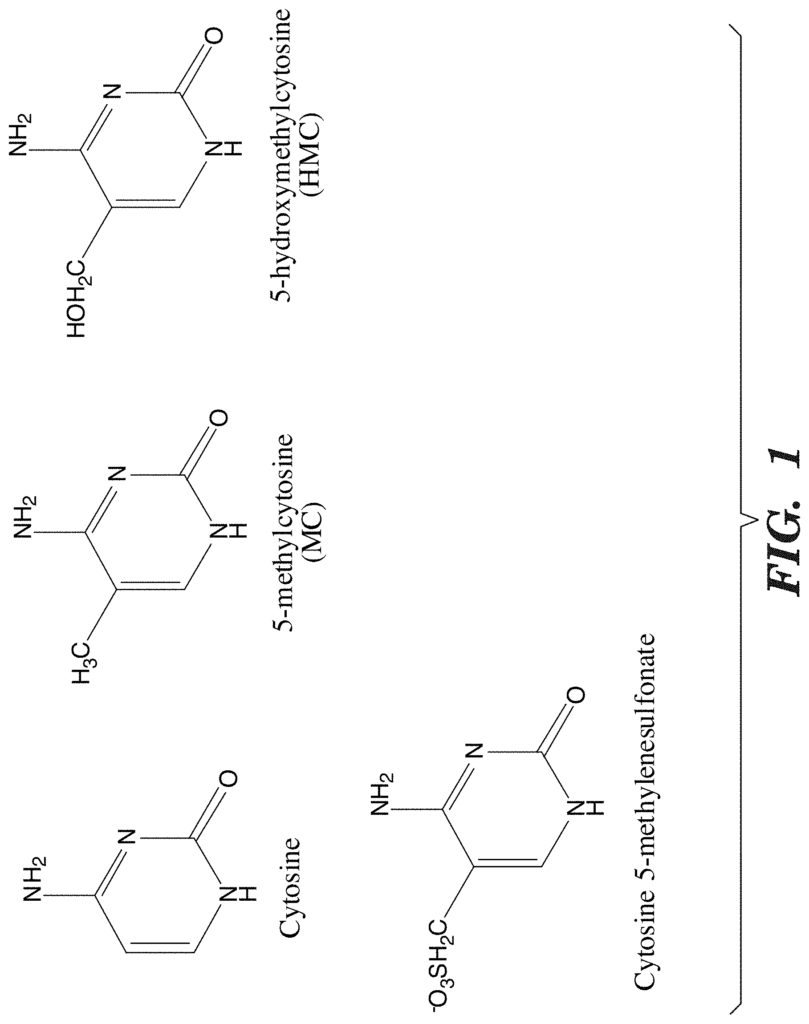
The US Department of Health and Human Services, Childrens Medical Center Corp invention works as follows
The present invention provides novel methods to regulate and detect the cytosine-methylation status in DNA. The invention is based on the identification of a surprising and novel catalytic activity of the TET family proteins, including TET1, CXXC4, TET2, and TET3. The novel activity is related to the enzymes being capable of converting the cytosine nucleotide 5-methylcytosine into 5-hydroxymethylcytosine by hydroxylation.
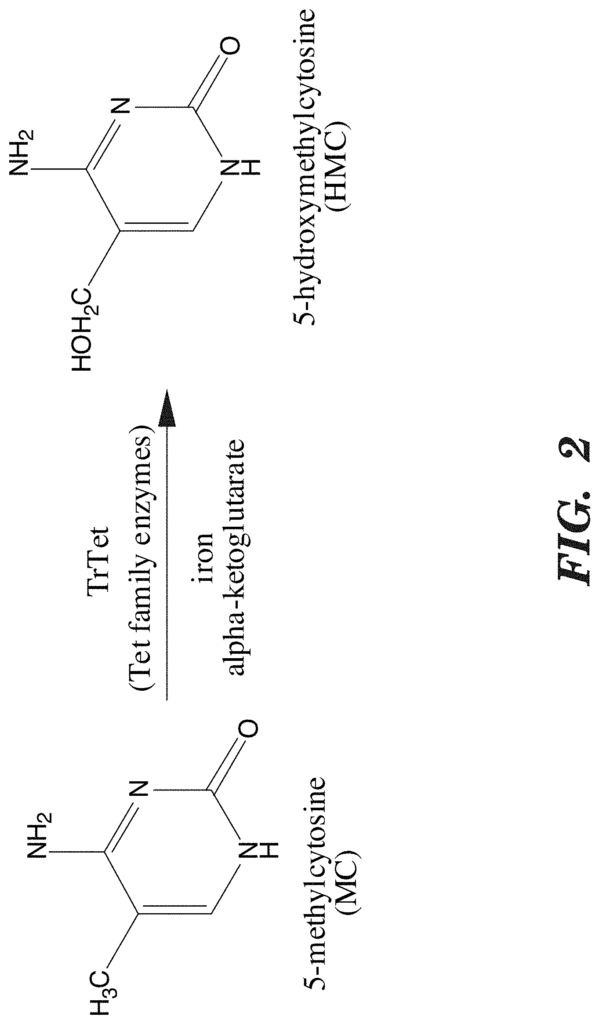
Background for Selective Oxidation of 5-Methylcytosine by Tet-family Proteins
BRIEF DESCRIPTION DES DRAWINGS
Methods to Improve the Reprogramming Of Somatic Cells For The Production Of Induced Pluripotent stem Cells And for Use In Somatic Nuclear Cell Transplantation
SEQ ID NO: 1: GVAzAPxHGSzLIECAbxEzHATT
Human Regulatory T-Cell Production Using TET Family Proproteins
Compositions and Methods for Detecting 5-Methylcytosine and 5-Hydroxymethylcytosine
A Kit for Enhancing Gene Transcription, Assessment of 5-Methylcytosine to 5-Hydroxymethylcytosine Conversion, and Purification of Nucleotides
Methods for Improving Stem Cell Therapy Using TET family Proteins
Methods for Diagnosing and Treatment of Cancer
Definitions
Recombinant Proteins
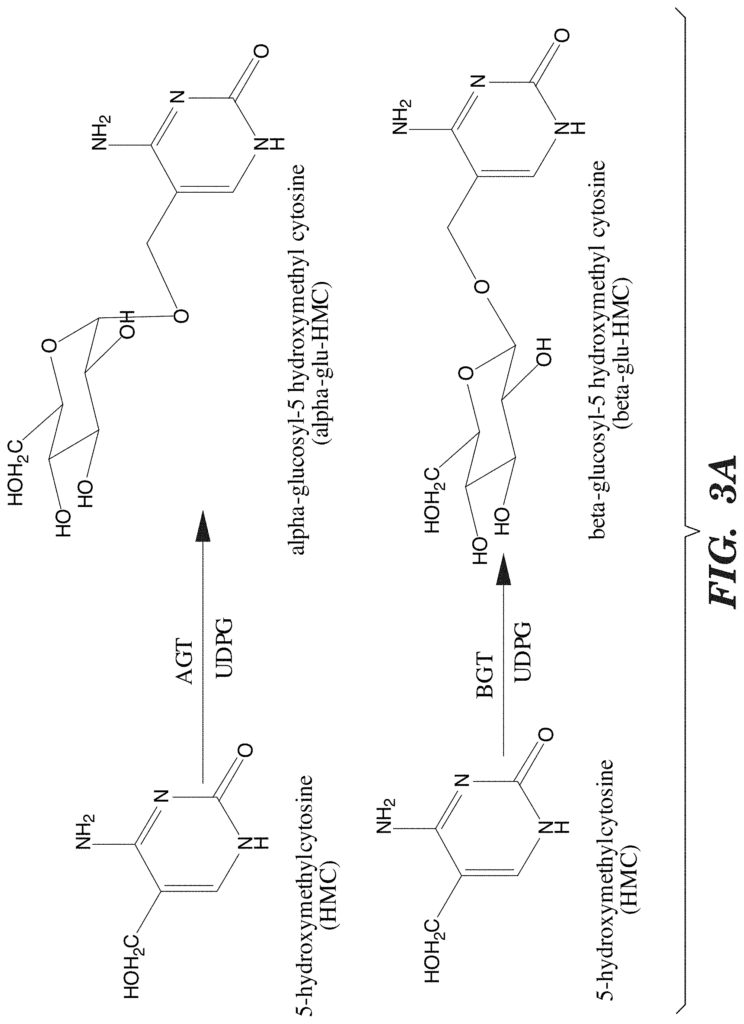
Inhibitors of TET family proteins and Activity
Antibodies Specific to TET Family Enzymes Detecting TET Activity
Examples
DNA Methylation & Demethylation
Experimental Analysis: Cells expressing TET1 show decreased staining for 5-Methylcytosine.
Identification of the Novel Nucleotide as 5-Hydroxymethyl-dCMP
Physiological Importance Of TET1 In Gene Regulation.
The Role of Tet Oncogene proteins in Mouse Embryonic stem cells
The Effect of 5-Hydroxymethylcytosine on Sodium Bisulfite-Based Analysis of DNA Methylation Status
Materials & Methods
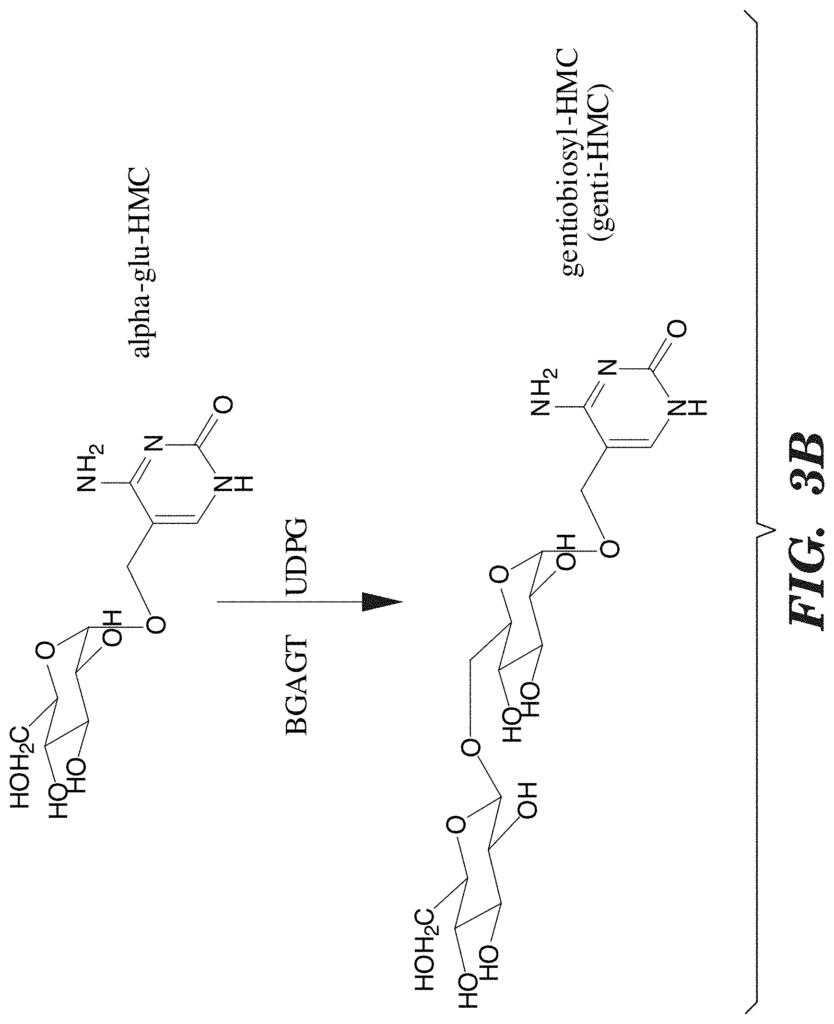
The Effect of 5-Hydroxymethylcytosine on Sodium Bisulfite-Based Analysis of DNA Methylation Status
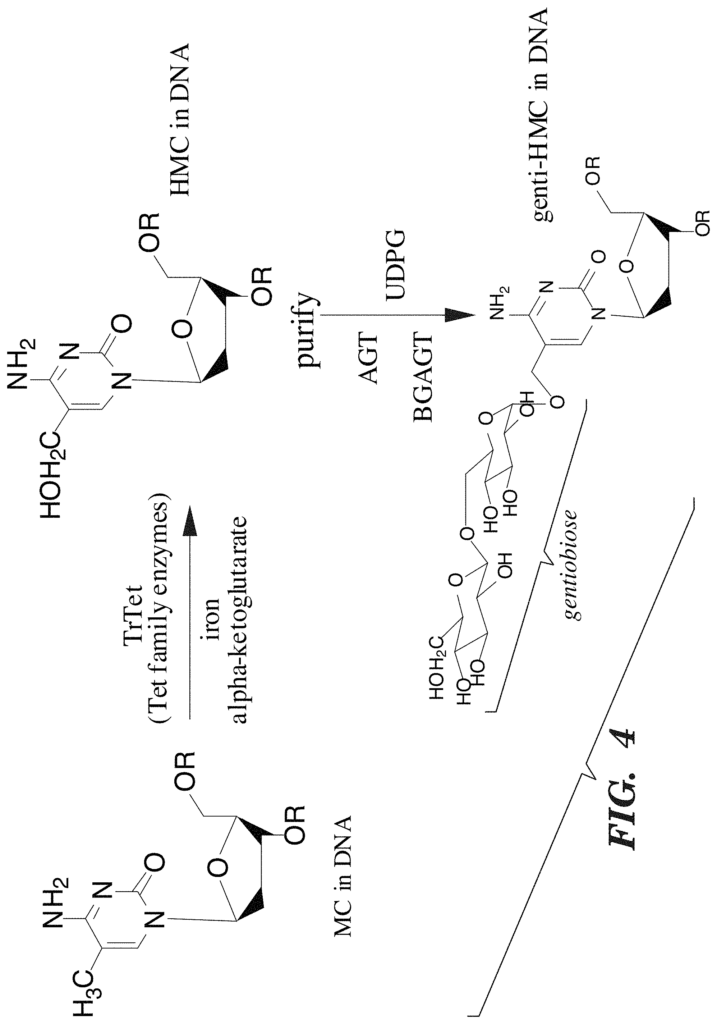
Click here to view the patent on Google Patents.
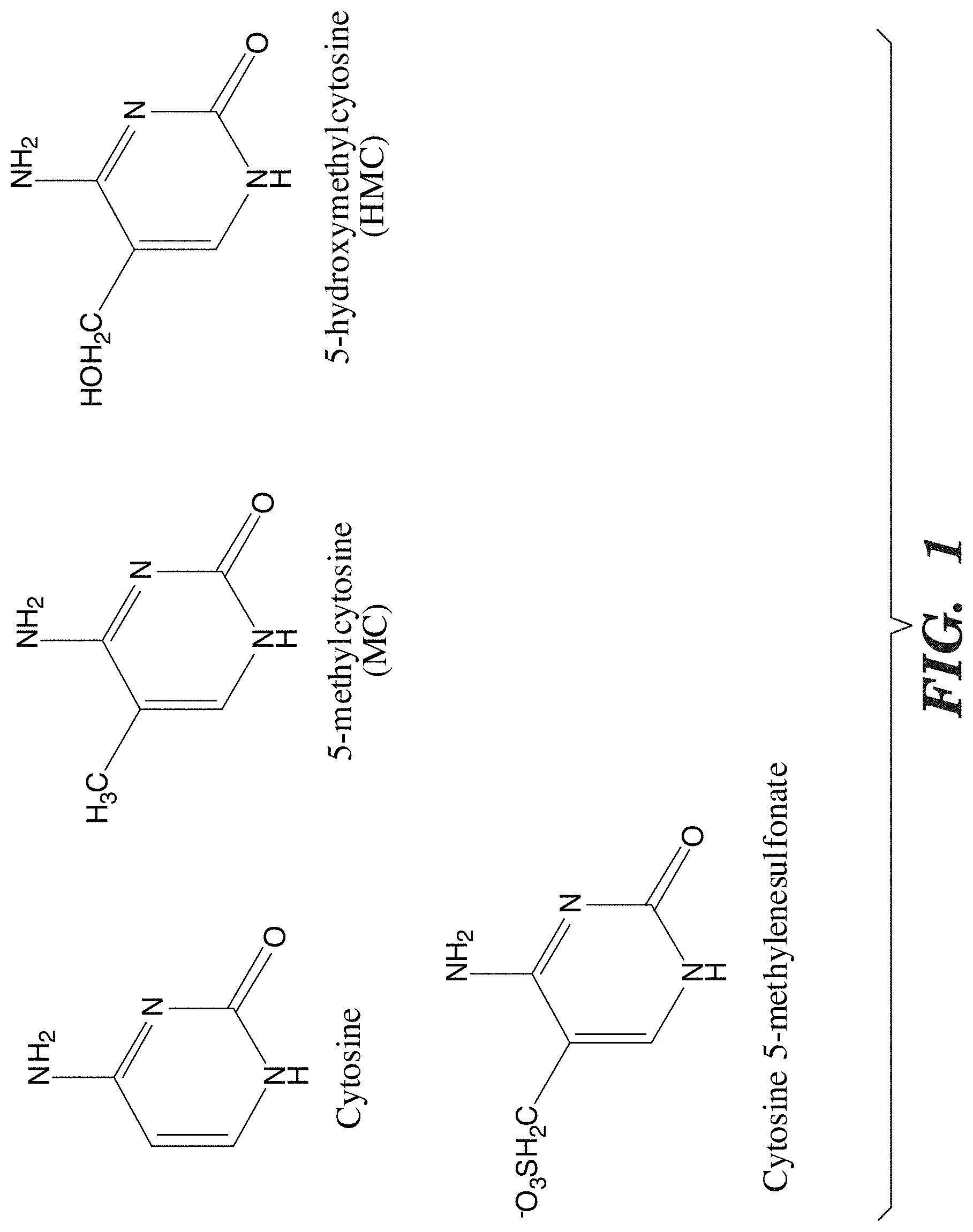
Leave a Reply